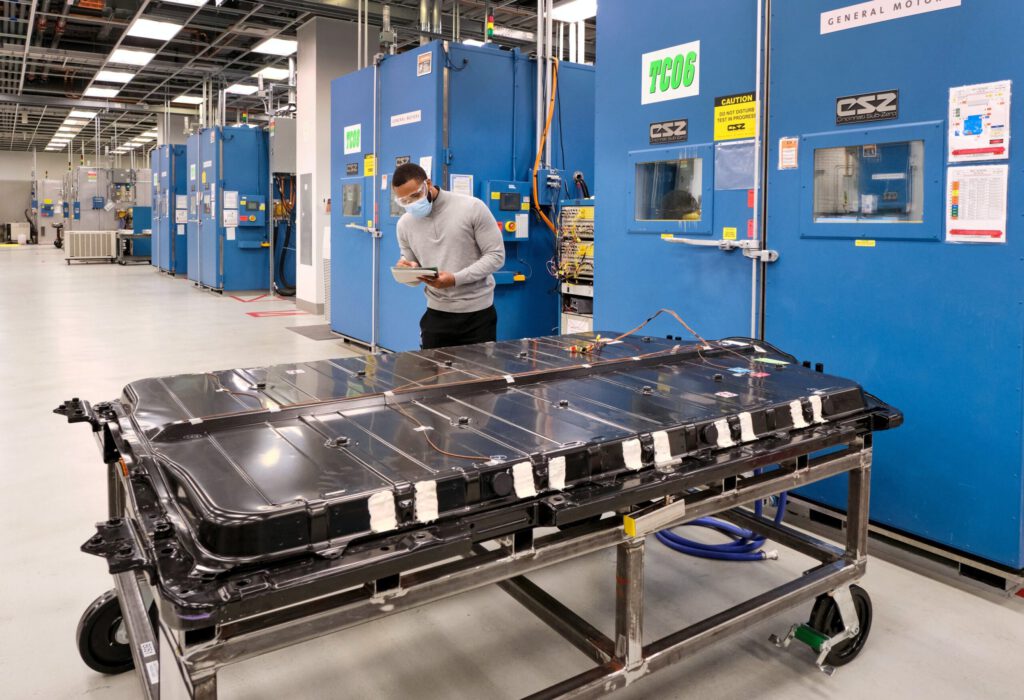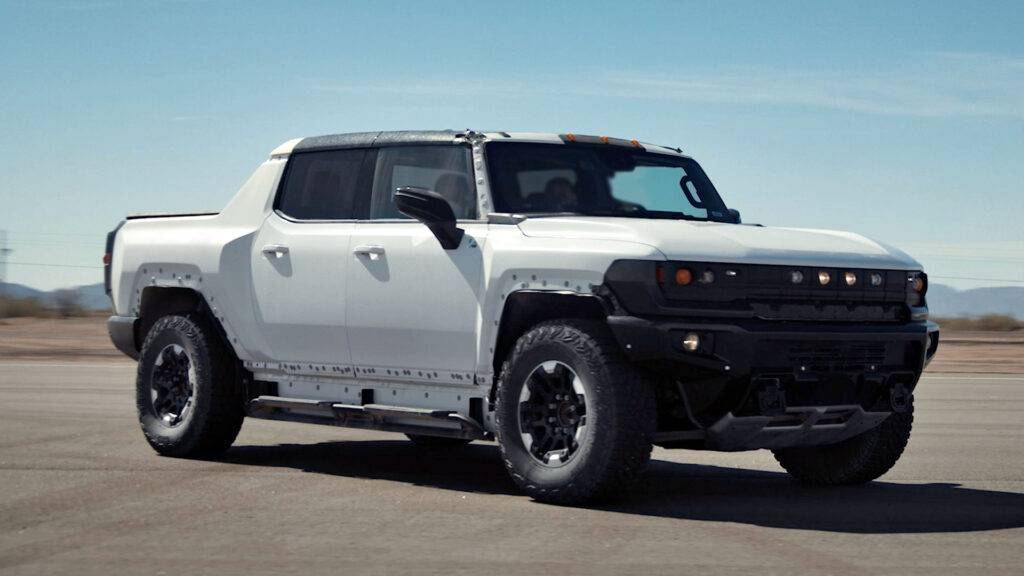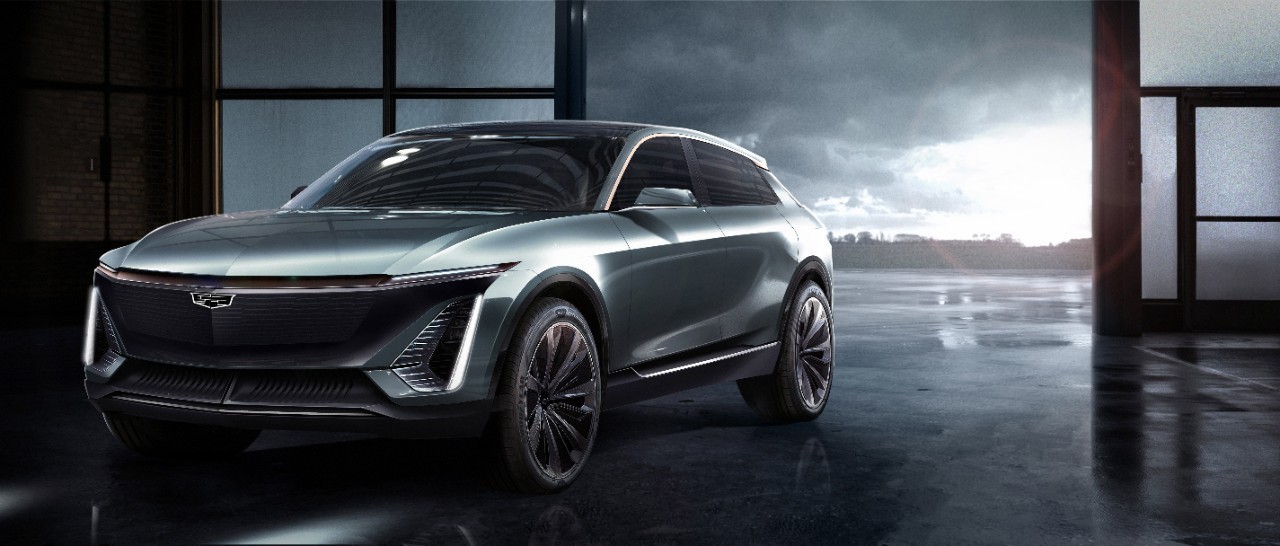Everything is Going to Change — the Only Question is How Quickly
We’ve just been through (or maybe are still going through) a pandemic, which was started by a single infected person and spread worldwide. The tipping point, as identified by author Malcolm Gladwell, is that “magic moment when an idea, trend, or social behavior” (or disease) passes from being an isolated phenomenon to reach a critical mass and spreads “like wildfire.”
Our premise here: this is where we’re at with electric vehicle adoption. It’s clearly stated, but is at a limited threshold of acceptance — stronger in areas like China, Norway, and California, but barely noticed elsewhere or in many broader markets. We’ll focus on the U.S. market, where we believe this tipping point is about to take hold.
“That is the paradox of the epidemic: that in order to create one contagious movement, you often have to create many small movements first.” — Gladwell, The Tipping Point.
Modern electric vehicles have only been around in volume production for a little more than a decade, ushered in by the first-generation Nissan Leaf and Chevrolet’s plug-in hybrid Volt. The market during the intervening years has grown steadily, but took a solid jump in the U.S. and around the world with the introduction of the “affordable” Tesla Model 3. EV sales represent around 2% of the overall American market and almost five times that in California.

Choice Explodes & the Market Will Follow
As Gladwell pointed out, the path to a tipping point often comes with multiple smaller movements in the same direction. The Model 3 explosion of popularity (it was the seventh best-selling car overall in the U.S. in the last quarter of 2019), the ongoing popularity of EVs in other markets (EU and China), and the coming explosion of available models are some of those smaller movements. A wild card that plays into this equation is the growing influence of the belief that we are in a climate crisis and should do everything we can to reduce our individual and collective greenhouse gas footprint.
The indicators of the coming tipping point show up in market research reported by Cox Automotive, a provider of services to automobile dealers. Pickup trucks are the most popular vehicles in the American market, routinely holding down the top spots in sales. The conventional wisdom of a half-decade ago said pickups would be late to the EV market (if they ever entered it), but announced automaker products and Cox’s research say otherwise.
Cox (which it presented as “directional” as opposed to definitive market predictions) found that among a group of pickup intenders looking to purchase a new truck in the next two years two-in-five (40%) are seriously considering an electric model.
It’s logical since in two years there should be no less than four electric pickups to choose from — two from established automakers (Ford Lightning and General Motor’s GMC Hummer brand) and two from well-funded start-ups (Tesla and Rivian). Pre-production interest in those four models is already high with more than one million folks already putting down deposits to get in line. Those four are the tip of the iceberg as additional models from other OEMs and start-ups are due soon after those initial ones hit the market.

The Secret Sauce
The explosion of electric pickups is only one indicator of the approaching tipping point for EV adoption. Each of the major automakers has its own approach that will play into creating the critical mass for electric vehicles to hit the mainstream. Ford and GM, the two traditional heavyweights of the U.S. market, are taking different approaches, but both play into the presumption that the tipping point is now — and will be a factor in making it happen.
Ford thinks it has found the secret sauce for profitable electric vehicle production — but it’s really not much of a secret.
The Ford secret sauce is volume. The company’s founder, Henry Ford, made it his mantra when he launched his mass-produced Model T. Ford’s global electrification manager, Darren Palmer, told Innovation & Tech Today the reason the F-150 Lightning EV will be “cash positive” from day one rests on its shared components with two other high-volume lines, one historically profitable and the other aiming for the same territory.
The Ford F-150 Lightning shares a substantial amount of its components, including basics like most of the hardware in the interior that the customer touches — seats, seat belts, airbags, the steering wheel, and much more — with the rest of the high-volume and highly profitable F-150 lineup. That mainstay of Ford’s business has honed its business over the past 44 years as America’s best-selling pickup by driving down component prices and adding millions in revenue to the company’s bottom line. While Ford has made modifications to the Rouge plant to accommodate the Lightning, much of the model’s production will share the assembly line with standard F-150s, further reducing costs.
The second part of the Lightning profitability strategy covers the bulk of the rest of the model — its unique electric vehicle components. It shares many of those — electric motors, battery cells, and other related pieces — with the already successful Mustang Mach-E and the coming E-Transit, both also designed as high-volume vehicles. By using common components under the hood in the company’s electric lineup, the volume has increased to the area where cost-savings — and profitability — are possible.
That allows Ford to bring the Lightning to market with a retail price — roughly $40,000, including standard four-wheel drive, 426 horsepower, and 775 pound-feet of torque — that is not only competitive with other electric pickups but places it in a competitive space within Ford’s own lineup. Palmer said that is the key to getting the kind of consideration that will drive the volume — the Lightning has to do everything its gas and diesel siblings can do — and more. Then Ford’s EV thrust will be a positive addition to the corporate coffers.

General Motors Starts at the Bottom
General Motors’ way of getting to EV volume and profitability starts under the floorboards of its coming lineup of electric pickups, SUVs, and sedans. GM began with the battery pack, the biggest expense and most critical component for an electric vehicle. The company’s also working on the customer side to smooth the integration of EVs into the workplace.
GM partnered with LG Chem, one of the world’s biggest battery makers, to form Ultium Cells LLC to develop the kind of battery packs that could serve as the foundation for a variety of different vehicles. Part of this development was sheer dollars and sense, money spent upfront to reduce costs down the line. As a major automaker, GM has been able to direct its ample resources to this and related projects all aimed at volume production, for example:
• $2.2 billion to turn an old manufacturing plant in Detroit into the state-of-the-art EV-only Factory Zero.
• $2 billion to retooling a Spring Hill, Tenn., plant to produce Cadillac EVs.
• $2.3 billion for a joint venture with LG Chem to build batteries in a new facility in Lordstown, OH.
• A “multi-million dollar” investment in an Australian mining company planning to extract lithium in California, since lithium is a critical battery component.
• Creating a new business, BrightDrop, designed to help fleets integrate EVs by helping with charging infrastructure deployment.
There Are Other Examples
The GM investments are only a part of the picture, but it underscores the ambitious scale GM, like Ford, hopes to achieve. We’re about to see that tipping point as established car companies and a raft of start-ups all contribute to the explosion of electric vehicles that are just beginning to hit showrooms and ride the wave of adoption. Many small and large movements are beginning to coalesce into that wildfire that is a serious, sustained EV market. ■










